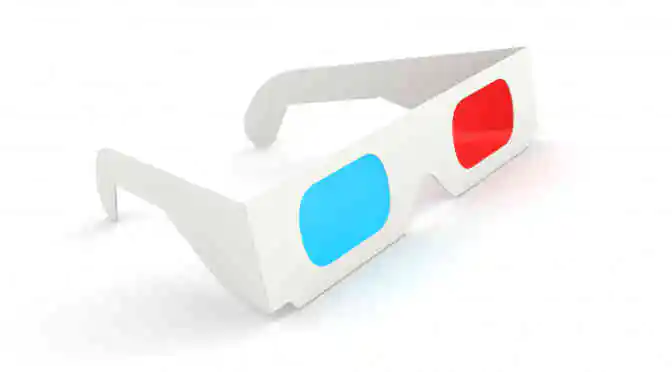3D glass is a groundbreaking technology that has come a long way within a decade, going from being a mere append when watching a 3D movie to venturing into our living rooms in 3D television format. While passive 3D glasses have been around for a long time, the latest 3D lenses are precise masterpieces as conceived by top 3D glass manufacturers. Be it gaming or movies, 3D glasses play an outstanding role in amplifying the user experience.
Glass-free televisions : Major threat for 3D glass industry
With the emergence of virtual reality (VR) and glass-free 3D TV, the market for 3D glasses is facing a major challenge. The recent announcement made by top TV companies such as Samsung, LG Electronics, and Sony on discontinuing the manufacture of 3D television sets is a direct result of declining customer preference for 3D glasses and amplified interest towards glass-free 3D TV.
Additionally, lack of a standard for 3D active shutter glasses for use with all 3D TVs is also a point of concern in the industry. This amounts to the fact that one television manufacturer’s 3D active shutter glasses may not work with another manufacturer’s 3D projectors.
Never redundant : Finding new uses for 3D glass
Several studies have shown that consuming content in 3D leads to an increase in cognitive processing by 20%, and reaction times are amplified by five times when watching 3D content as compared to 2D content. Today, 3D cinema is the most popular visual content on the big screen and the marked rise in the production of 3D movies has contributed to the increased usage of 3D glasses worldwide.
To counter the standardization problem, a number of vendors are joining hands to eliminate the restricted usage of 3D active shutter glasses. The working group under the Consumer Electronics Association (CEA) called R4 WG16 is doing its best to achieve the establishment of such standards through multiple approaches. The group works actively to address several concerns pertaining to the requirement for 3D technologies. For instance, it is working toward IR sync interfaces for active eyewear and conducts tests on the characteristics of IR synchronization signals with properly designated protocols.
Market insights help vendors strategize better
The global market for 3D glasses has been backed into a corner, thanks to the development of innovative technologies such as virtual reality (VR) and glass free 3D televisions. In order to face these challenges, top manufacturers must analyze the market and take into account the various factors that encourage and impede the industry’s growth. Technavio’s market research report on this topic addresses all these concerns and can be sampled for free via the links listed herein.



